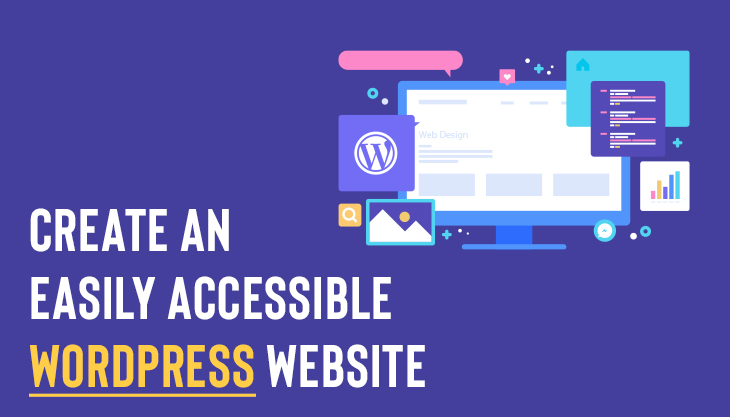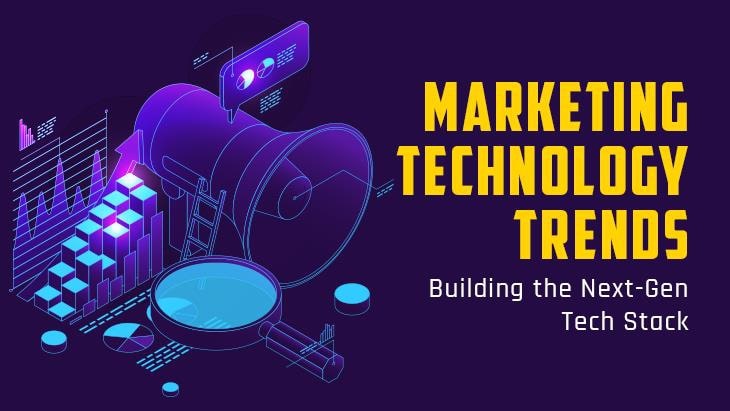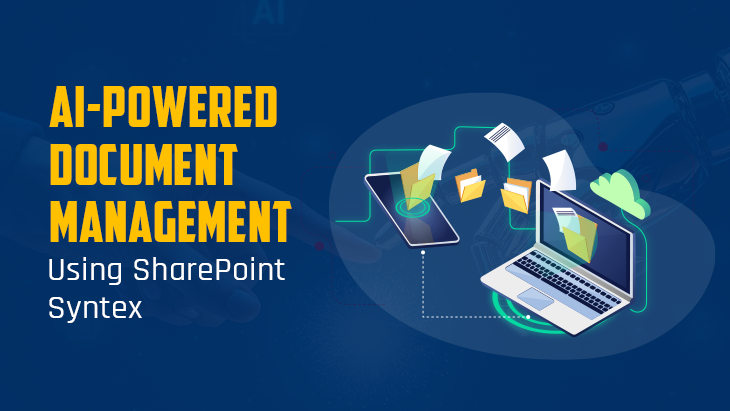1 Billion people throughout the world have one or the other disabilities. There are many websites over the web with accessibility barriers due to which people with disabilities find them impossible or difficult to use.
‘If websites and web tools are properly designed and coded, people with disabilities can use them.’ That is they are able to navigate, perceive, and understand the websites; and also interact and contribute towards them. Thus, it becomes the legal and social responsibility of service providers, businesses to make their websites accessible to disabled people. While creating a Website for your business, you need to consider your website being accessible to the disabled too. A proper WordPress Website Development Company will develop for you such an Accessible WordPress Website. Or you can develop one yourself. But first things first, let’s understand what exactly is an Accessible WordPress Website.
What is an Easily Accessible WordPress Website?
An Accessible WordPress Website is a Website built using WordPress CMS and which enables accessibility of a website to all people, regardless of disability. Thus people with disability can have equal access to the web.
According to World Wide Web Consortium W3C, “Web accessibility means that websites, tools, and, technologies are designed and developed so that people with disabilities can use them. More specifically, people can: perceive, understand, navigate, and interact with the Web.”
Based on WordPress Development Guide, WordPress has its own separate dedicated accessibility team which is striving to improve the accessibility of WordPress Website. Mentioned below are a few steps which you can take to make your WordPress Website Accessible.
11 Steps to Create an Easily Accessible WordPress Website:
-
Install An Accessible Theme:
Accessibility of a WordPress Website is mostly determined by the content of the website and how it is displayed. To put it precisely, WordPress Themes and Plug-ins play an important part. The accessibility team of WordPress has vetted its themes against the Accessibility Coding standards set in WordPress Development Guide. So, accessibility has now become a feature. While searching for adding new themes put a feature filter of ‘accessibility ready’. And you can chose the themes from this search to install and use.
-
Add Alternatives For Your Media:
There are a number of hearing impaired people out there. This is a problem even old aged people face. Sometimes in some situations, you sounds are not allowed such as when in library or hospital, etc. For such people and situations, it becomes imperative that you add in subtitles with your audios and videos. You can even go one step ahead and provide sign language for audios/videos.
-
Provide Text Alternatives For Your Images:
Text Alternatives i.e. Alt Txt is an important step in making your website Accessibility ready. Of course the fact that it has become a part of SEO parameters helps too. However Alt Txt is not just for putting in Keywords and improving SEO, the text alternatives for images are read aloud by screed readers and thus let blind users know what the images on your websites are about.
-
Make Use Of Highly Contrasting Colours:
For visually impaired such as those having colour blindness, partial blindness, who may require screen readers, etc. use high contrasting colours for text and background.
-
Define Sections And Sub-sections:
Make use proper headings, labels, bullet lists, title and header tags, alt tags, meta tags etc. this will give a good and solid structure to your webpage. It will also let the visually impaired know the locations of these element on your webpage. And similarly it tells the same thing to the Web Crawlers too, so it’ll improve your SEO too.
-
Improve The Comprehensibility Of The Content:
Keep your content simple, easy to understand concise, and try to avoid too much information, jargons, abbreviations, lengthy paragraphs, crowded text, etc. Your content needs to be comprehensible to everyone irrespective of their age, comprehension ability, etc. Avoid too much information
-
Keep A Check On Flashy Content:
Avoid use of flashy animations, GIFs, even sudden flashes in your videos, etc. which can be responsible for seizures.
-
Provide Alternatives For Time Limits:
If your website has some content which is time sensitive such as a quiz or a test, etc. make sure to provide some alternatives for people with disability.
-
Enable Keyboard Navigation:
People having disabled motor functioning or those who cannot use their arms will not be able to use a mouse, they can only use keyboards. Thus, make sure that your website users are able to navigate your website through keyboard. It should have menus and buttons which are accessible by both mouse and keyboards. Also include skip links. You can even assign access keys or shortcuts.
-
Place Navigation Links:
Navigation links allow users to skip the navigation bar, search boxes, menus, etc or take the users to specific areas by a mere click. For that place links such as Jump to start, go to the bottom, Jump to Navigation bar, etc.
-
Keep Links Descriptive:
Make sure that all of your links are rather descriptive. They should make sense even if they are read out of context.
Accessible Websites are beneficial to others too such as those with partial disability or even with no disability. They are also good for SEO. It is a necessary and ethical step which all should take.
















Post Comments